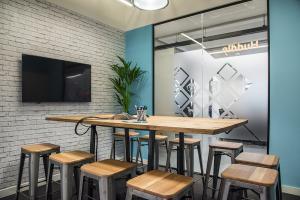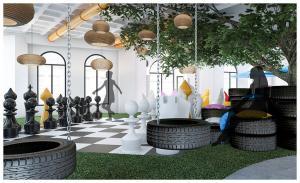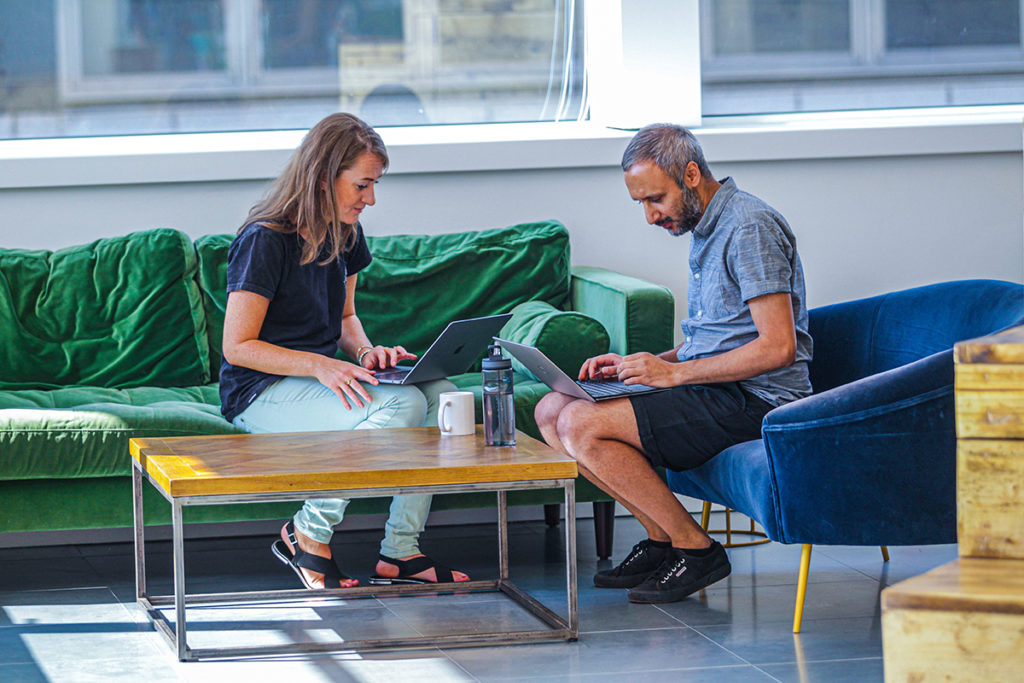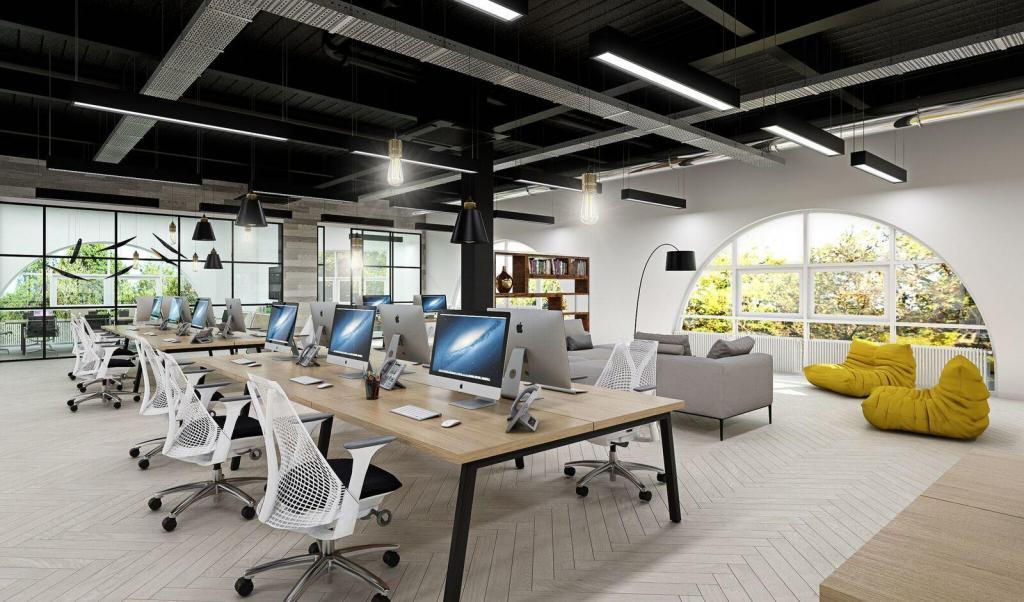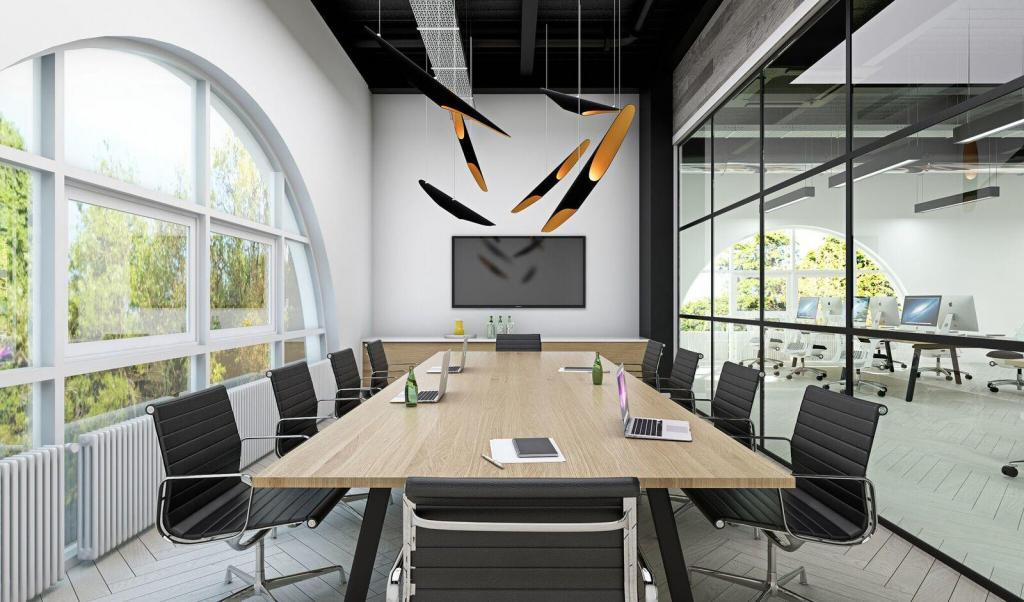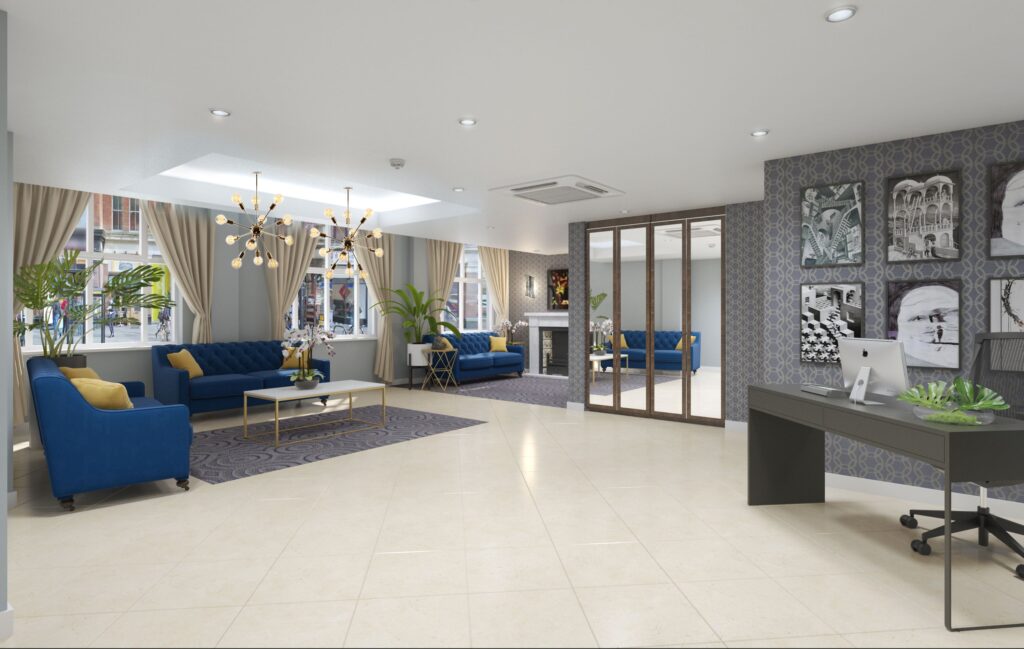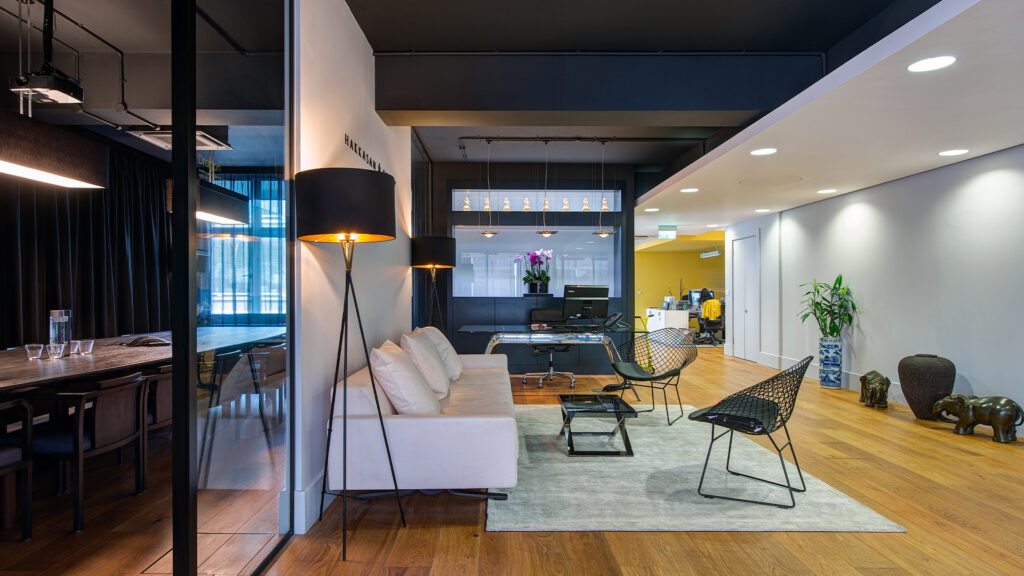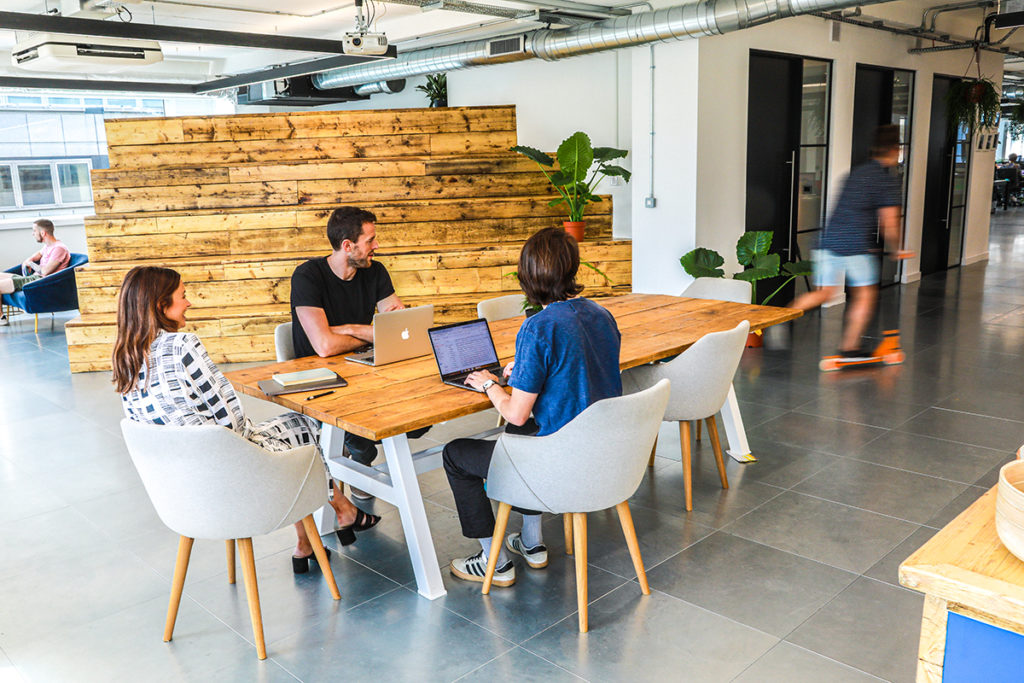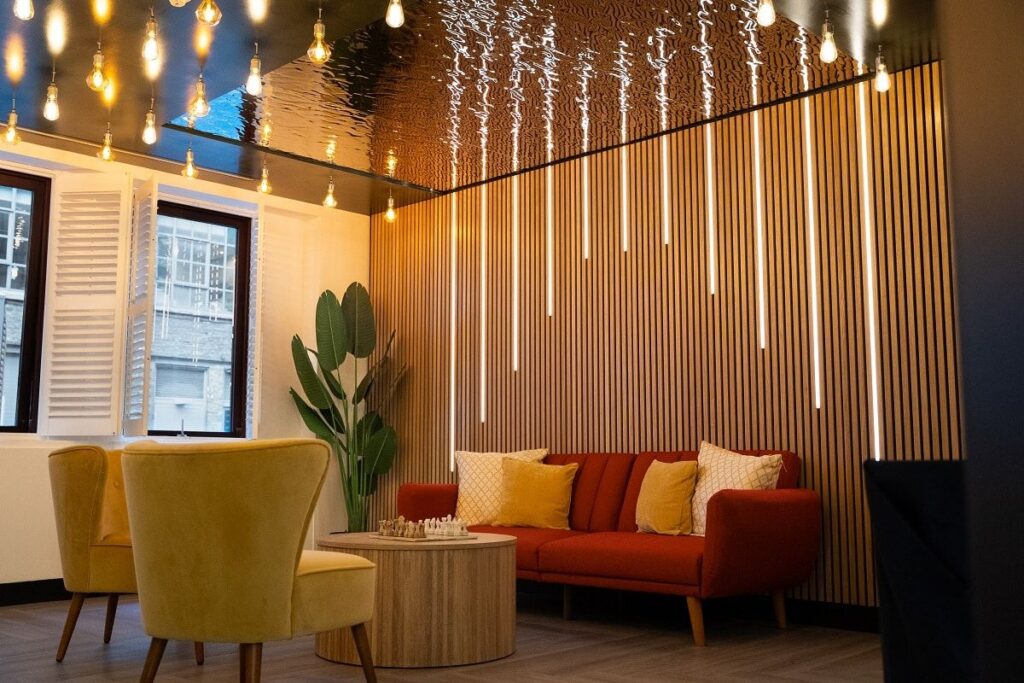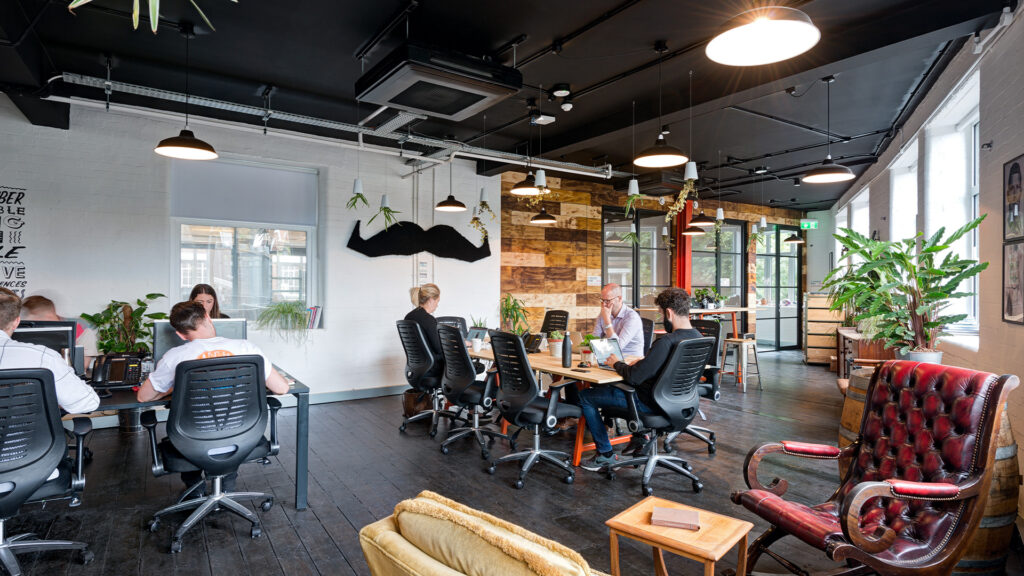Refurbishing an office can seem like a major task at first. However, with the right approach, it becomes a smooth and rewarding process that can completely transform your workspace.
If you are considering an office refurbishment, it is important to understand what is involved from start to finish. Knowing the steps will help you plan better and avoid costly mistakes. Discover exactly what goes into a successful office refurbishment project.
Planning and Setting Objectives
Every successful office refurbishment starts with thorough planning. You need to set clear goals for what you want to achieve. Are you looking to create more space, improve collaboration, or refresh the look and feel of your office?
Defining your objectives early ensures the project stays on track and meets your needs. This stage often includes budgeting, which is vital to avoid overspending. You should determine how much you are willing to invest and plan accordingly.
Assessing Your Current Space
Before you can move forward, it is essential to carry out a full assessment of your existing office. Look at the:
- Layout
- Furniture
- Lighting
- Heating
- Air conditioning systems.
An honest evaluation highlights what works well and what needs changing. It also helps you to identify any structural repairs or updates that might be necessary before cosmetic work begins.
Creating a Design Concept
Once you know your goals and have assessed the current space, the next step is designing the new office environment. A well-thought-out design should reflect your company’s brand, culture, and working style.
This phase covers everything from space planning to choosing the right materials, colour schemes, and finishes. You may also want to consider modern working trends like flexible workspaces, quiet zones, or breakout areas.
Professional designers often use 3D visuals or mood boards to bring ideas to life. Seeing the design ahead of time helps ensure it aligns with your vision.
Read more: What Type Of Office Space Is Right For Your Business?
Complying With Legal Requirements
An important part of any office refurbishment is ensuring that the project meets health and safety regulations. This includes fire safety rules, building codes, and accessibility standards.
You may need planning permission if you are making major changes to the building. Working with experienced professionals can help you navigate these legal obligations smoothly.
Managing the Logistics
A well-organised refurbishment project depends heavily on careful logistical planning. This includes coordinating suppliers, setting timelines, and managing deliveries to avoid disruption.
You also need to decide whether to carry out the work during business hours or outside them. Minimising disruption to your team is key, so many businesses choose to work in phases or refurbish during quieter periods.
Undertaking the Strip Out
If you are planning a complete office refurbishment, you may need to carry out a strip out. This involves removing old furniture, fixtures, partitions, flooring, and even electrical wiring if necessary.
It is essential to dispose of materials responsibly. In many cases, recycling or donating old furniture can also reduce waste and benefit the community.
You might find this guide useful: Office Fit Out vs Office Refurbishment.
Installing New Infrastructure
Modern offices require reliable and high-performing infrastructure. As part of your office refurbishment, you might need to update:
- Electrical systems to support new lighting or technology
- Heating, ventilation, and air conditioning (HVAC) for comfort and energy efficiency
- Data and communication networks to ensure fast internet and secure connections
Ensuring these systems are installed correctly is crucial for the functionality and future-proofing of your office.
Decorating and Furnishing
Once the structural and technical work is complete, the office starts to come to life. Decorating includes painting walls, laying new flooring, and installing ceilings and partitions if needed.
Furniture selection is another critical part. You should choose ergonomic chairs, desks, and storage that suit the working style of your team. Today, there is a growing emphasis on sustainable furniture that is both stylish and eco-friendly.
Lighting also plays a huge role in office refurbishment. Good lighting can boost mood, improve productivity, and create a welcoming atmosphere.
Adding Finishing Touches
The final stages of your office refurbishment involve the small but impactful details. This includes installing artwork, branding elements like logo walls, plants, and office accessories.
Adding these touches makes the space more personal and reflects the company’s identity. Thoughtful extras, such as acoustic panels or wellness areas, can also enhance the working environment.
Moving Back In
After all the hard work, it is time for the most rewarding part: moving your team into the refreshed space. Before doing so, it is important to carry out a full inspection to make sure everything is completed to the required standard.
Organising a soft launch or a welcome event can help employees adjust and get excited about the new environment. A well-managed return ensures a smooth transition and boosts morale.
Common Challenges in Office Refurbishment
While office refurbishment offers many benefits, it is not without challenges. Budget overruns, project delays, and disruption to daily operations are some common issues.
To minimise these risks, it is crucial to work with trusted contractors and maintain clear communication throughout the project. Regular progress meetings can help catch any problems early and keep everything on track.
Trends to Consider During Office Refurbishment
Keeping an eye on current office trends can make your refurbishment more effective. Some popular trends include:
- Flexible working spaces to support hybrid work models
- Sustainable materials for a greener office
- Biophilic design, which incorporates natural elements like plants
- Collaborative zones to encourage teamwork
Considering these trends can make your office more attractive to current and future employees.
Benefits of Office Refurbishment
Investing in office refurbishment can bring many rewards. Some of the key benefits include:
- Boosted staff morale and productivity
- A refreshed company image
- Better use of available space
- Improved energy efficiency and lower running costs
- Compliance with modern health and safety standards
A well-planned refurbishment can also make your office more appealing to clients and visitors, helping to strengthen your brand.
Final Notes
Office refurbishment involves much more than giving your space a new look. It is about creating an environment that supports your business goals, energises your team, and impresses your clients.
By carefully planning every stage, from setting objectives to moving back in, you can ensure the process runs smoothly and delivers lasting results. Whether you are refreshing a few areas or completely redesigning your space, taking a professional and thoughtful approach to office refurbishment will give you a workplace you can be proud of.


